

Anthony Crawford
1990 Lamborghini Countach review
5 Days Ago

News Editor
The Chevrolet Camaro could be retired once again, and in its place could be a new electric sport sedan.
Automotive News reports production of Chevrolet’s Ford Mustang-rivalling pony car is expected to end in 2024.
An “electric performance sedan” will then arrive in 2025. It’s unclear what nameplate this model will use.
It’ll mean Chevrolet will continue to offer a lone sedan model in North America, with the mid-sized Malibu sedan set to end production in 2025.
The new sport sedan will be one of just two passenger vehicles in Chevrolet’s range, alongside the Corvette.
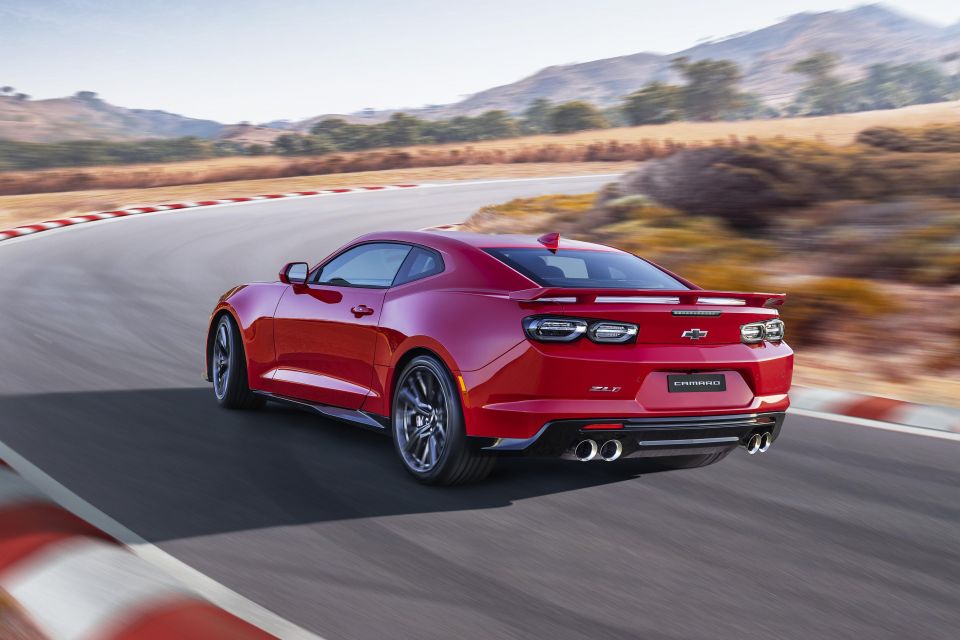
The Spark will reportedly be axed in 2022, while the Sonic (aka Holden Barina), Cruze, and full-sized Impala have already been discontinued. A wider range of passenger vehicles remains available in China and Latin America.
It’ll reportedly be joined by an electric performance crossover in 2025, a rather belated rival for the Ford Mustang Mach-E.
A previous report from GM Authority in June 2021 indicated the Camaro could either end production in 2023 or be granted a slight reprieve until 2026, but the situation is “fluid”. Nevertheless, there’s been no talk of a direct successor.
GM recently announced it was increasing its EV and autonomous spending, with US$27 billion (A$37.1 billion) earmarked through 2025, or more than half its overall capital spending.
The company had previously budgeted US$20 billion (A$27.4 billion) before the pandemic.

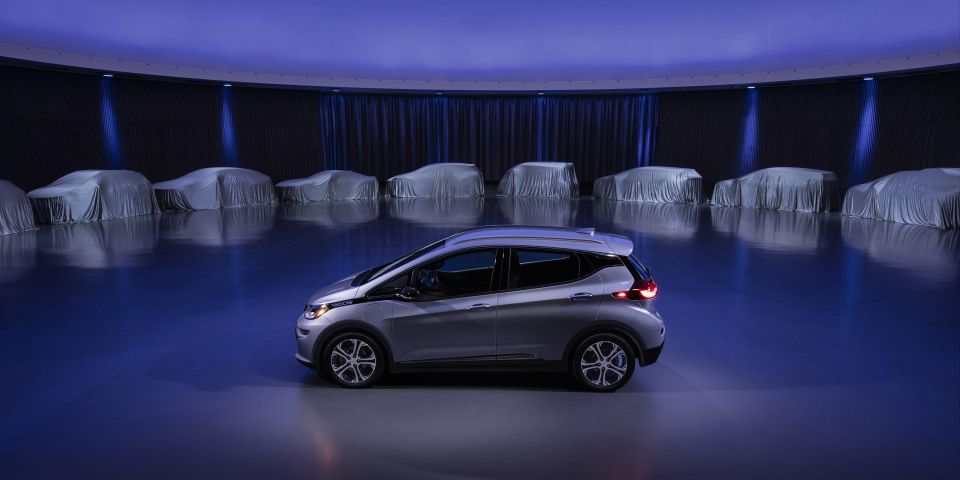
GM will offer 30 electric vehicles globally by 2025, with 40 per cent of its US line-up to be all-electric by the same time.
Parent company General Motors teased the silhouette of an electric vehicle with a particularly Camaro-like profile in 2020, and has confirmed the Ultium all-electric platform can support “low-roof” vehicles.
An earlier teaser image from 2017 showed a Camaro-like vehicle under silks.
The Camaro coupe and convertible were last redesigned in 2015, moving from the Australian-developed Zeta platform to the slightly smaller Alpha platform.
It currently offers a wide range of engines, comprising a turbocharged 2.0-litre four-cylinder and naturally-aspirated 3.6-litre V6 and 6.2-litre V8 engines plus a supercharged 6.2-litre V8 in the flagship ZL1.

Alas, it has struggled somewhat against the Ford Mustang and a resurgent Dodge Challenger.
Chevrolet sold 29,775 Camaros in the US in 2020, against 61,090 Mustangs and 52,955 Challengers. Even the introduction of a more affordable V8 model (the LT1, above) has failed to move the needle.
Mustang sales have declined since its 2015 redesign, too, however they’ve been falling from a higher point – Ford sold 105,932 Mustangs in 2016 against 72,705 Camaros.
Only the Challenger has bucked the trend, with mostly static sales over the past few years. It’s actually doing better than it was in the first half of the 2010s.
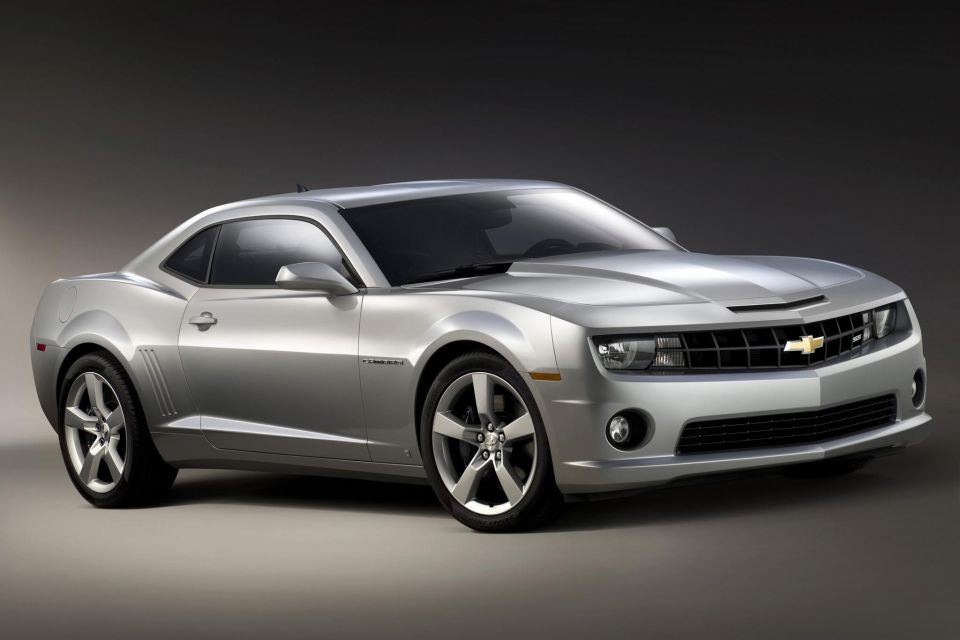
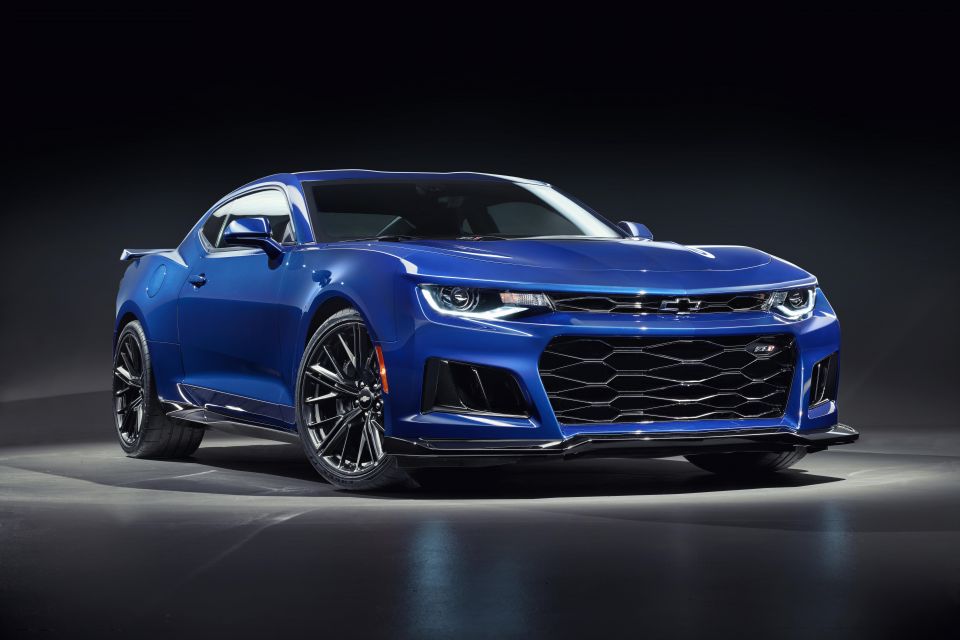
Chevrolet has already withdrawn from the pony car segment once before. It discontinued the Camaro after four generations in 2002, only to return with the Australian-engineered fifth-generation model for 2010.
In contrast, Ford has consistently offered a Mustang since 1964. Dodge took a longer leave of absence from the segment, with the first Challenger discontinued in 1974 and the current model debuting in 2008.
The current Camaro was exported to Australia where it was converted locally and sold by the erstwhile Holden Special Vehicles operation. Only V8-powered SS and ZL1 coupes were produced.
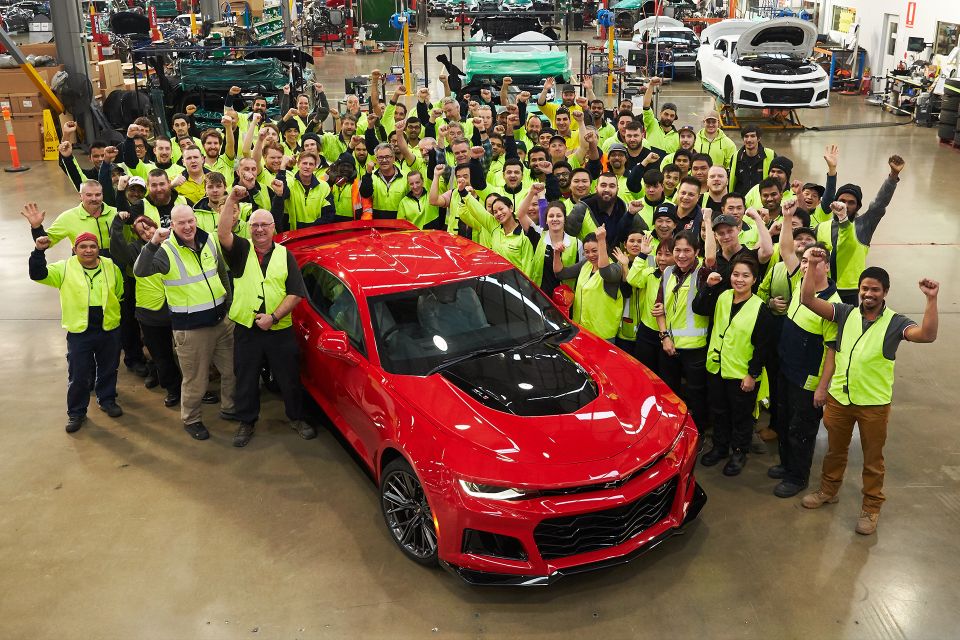
The program began in 2018 and wrapped up in 2020, with the Camaro falling well behind the hot-selling, factory right-hand drive Mustang in sales due to a considerably higher price necessitated by the local conversion.
Despite its discontinuation, General Motors announced late in 2020 the Camaro would join the Supercars Championship grid in 2022.
Where expert car reviews meet expert car buying – CarExpert gives you trusted advice, personalised service and real savings on your next new car.
William Stopford is an automotive journalist based in Brisbane, Australia. William is a Business/Journalism graduate from the Queensland University of Technology who loves to travel, briefly lived in the US, and has a particular interest in the American car industry.


Anthony Crawford
5 Days Ago


Matt Campbell
4 Days Ago


James Wong
3 Days Ago


Max Davies
2 Days Ago


Josh Nevett
17 Hours Ago
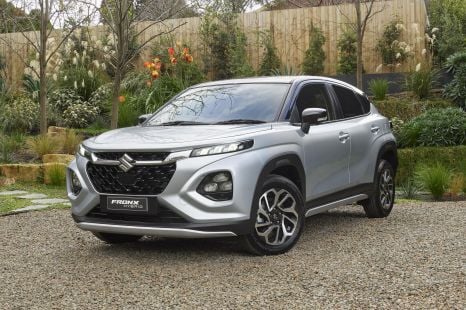

William Stopford
14 Hours Ago